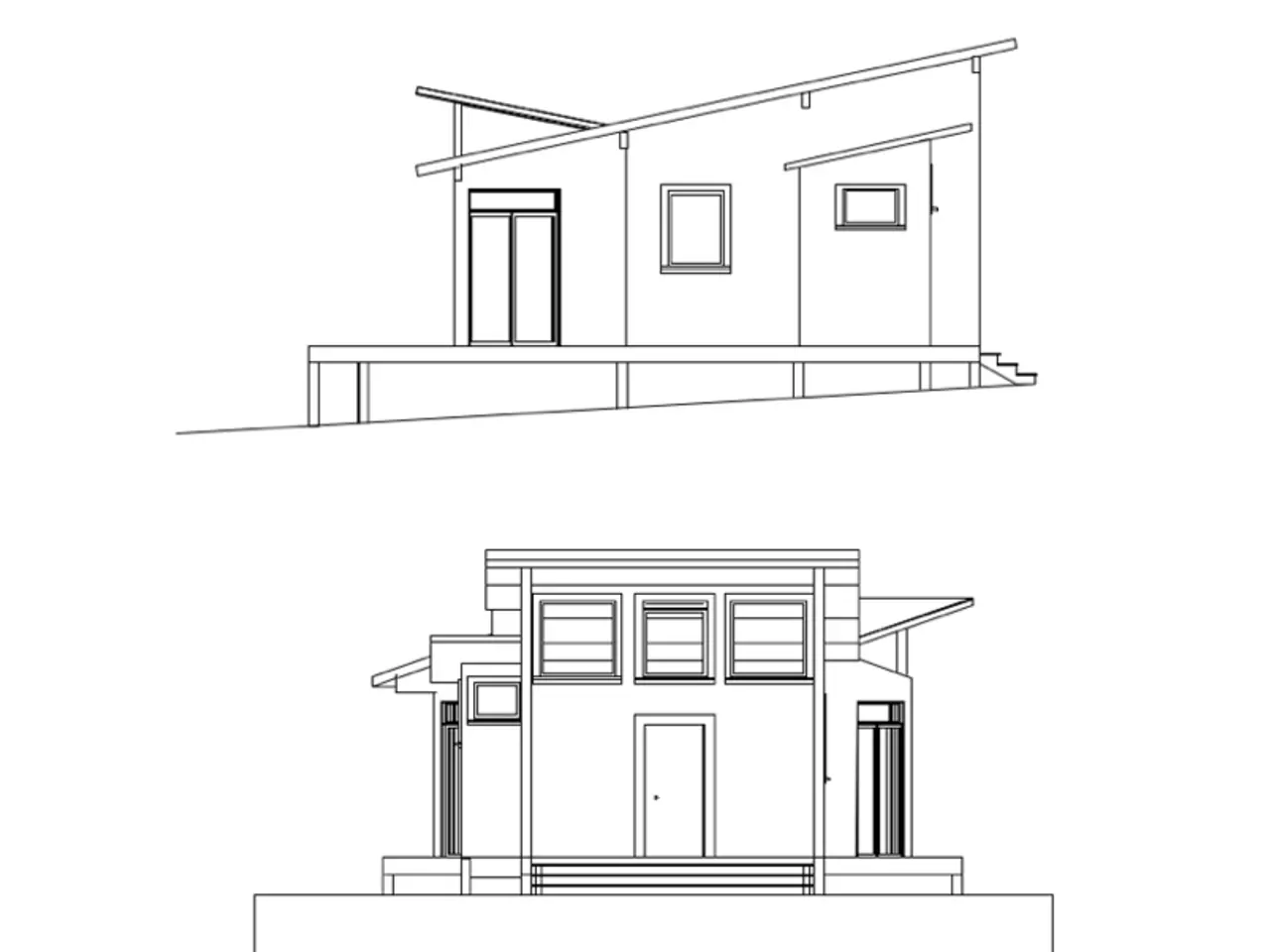Creating 3D Printed Houses: A Step-by-Step Breakdown
In the world of home building, a new player is making waves - 3D printed houses. This innovative approach, which leverages additive manufacturing technology, is poised to transform the housing market.
### Cost and Labor Efficiency
Compared to traditional homes, 3D printed houses offer significant cost savings. While estimates vary, some suggest potential savings of up to 30%. This is largely due to reduced labor costs and efficient use of materials. On the other hand, traditional homes typically cost between $150 and $250 per square foot, with labor costs contributing to a large portion of the expense.
### Construction Time and Efficiency
Speed is another advantage of 3D printed houses. While some projects claim to build a house in just 24 hours, this often refers to the basic structure, with additional work needed for completion. In contrast, traditional homes typically take 3 to 6 months to build, depending on the complexity and size of the project.
### Waste Reduction and Standardization
3D printing offers the advantage of less waste compared to traditional methods, as it uses materials more efficiently. However, it's worth noting that while 3D printing offers standardized solutions, it may not fully incorporate local building techniques or materials, which can be beneficial for regional climates and cultures.
### The Future of 3D Printed Housing
The 3D construction printing market is projected to reach $2.1 billion by 2027, growing at a CAGR of above 20%. Future 3D printed houses may include integrated smart features such as sensor-ready walls. The internal 3D printing construction market reached $11.6 billion in 2023, according to Grand View Research.
Habitat for Humanity, a renowned housing organization, made headlines in 2021 when it completed its first 3D-printed house in Williamsburg, Virginia. The house was built in 28 hours of print duration, distributed over numerous days.
3D printed homes are expected to remain budget-friendly, scalable, and accessible in the future. They are built with great thermal mass, enhancing energy savings. As the cost of 3D printers decreases and quality improves, they are becoming more accessible to architects, builders, and innovators.
The process replaces manual wall building with automatic layer-by-layer printing. Typically, various parts are included while discussing the materials utilized in 3D printed construction, such as cementitious materials, geopolymer concrete, earth-based mixtures, and new materials that continue to emerge.
In conclusion, 3D printed houses offer a promising solution for the future of home construction. With their potential for cost savings, labor efficiency, reduced waste, and faster build times, they are poised to revolutionize the industry and make housing more accessible for many.
The innovative approach of 3D printed houses, utilizing additive manufacturing technology, not only offers significant cost savings with potential savings of up to 30%, mainly due to reduced labor costs and efficient material use, but also expedites construction time, with some projects boasting a basic structure in just 24 hours, as opposed to the traditional 3-6 months.
As the 3D construction printing market continues to grow and technology advances, we can expect future 3D printed homes to integrate smart features, aiming for increased energy efficiency and accessibility for many.




